Lessons Grade 12
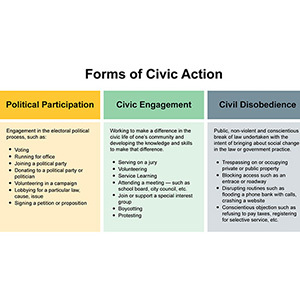
Case Study 1: Restorative Circle
Students will participate in a community circle where they will share their understanding of and experiences with systemic racism, racists, antiracists, and activism (activists). Students will co-create and affirm group norms that will provide the framework for how to discuss systemic racism and explore the way it has shaped civil discourse. This is also an opportunity for the teacher to understand more completely students' experiences with systemic racism and how it has shaped their reality. The questions students may raise from the discussions can also inform next steps and how to introduce the boxing protocol and the primary source analysis.
Download Resources:
Download Resources:
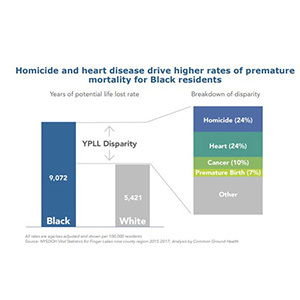
Case Study 2: Box Protocol – Mystery Source Analysis
Students will explore the racial composition of Monroe County through a structured source analysis of a Mystery Source. This is the first stage of a multi-step instructional strategy referred to as the Box Protocol. This activity is designed to help students practice their source-analysis skills and deepen their understanding of racial segregation today through an analysis of the Mystery Source, an infographic about health equity in the Rochester Region. Students will then work together to examine more data about health inequity in the Finger Lakes Region. Ultimately students will make a claim (their guess identifying the source) and support it with evidence. In an optional activity, if time permits, students explore 20th century housing policies that bankrolled white capital accumulation while halting black social mobility. This mixer role play is based on Richard Rothstein’s The Color of Law (Liveright, 2017) which shows in exacting detail how the government segregated every major city in the United States with dire consequences for People of Color.
Download Resources:
Download Resources:
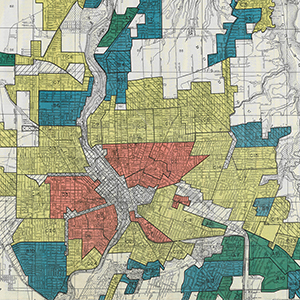
Case Study 3: Box Protocol – Common Source Analysis
Each student will have a copy of the Common Reading, excerpts from the Federal Housing Authority’s Underwriting Manual of 1938. In their teams of four, students will each be assigned a collaborative role (Capt. Context, Mister E, The Connector, or Credible Hulk) and answer the corresponding questions on the Underwriting Manual , recording their information in the Round 2 area of the Box Protocol. Then, students will read four Area Descriptions from Rochester’s redlining map and try to identify the grade and location of each area. Students will use what they learned from the Underwriting Manual to make these inferences. Finally, students will gather in an academic circle to debrief their learning and consider the role of the Federal Government as well as the impact of racist policies on property ownership.
Download Resources:
Download Resources:
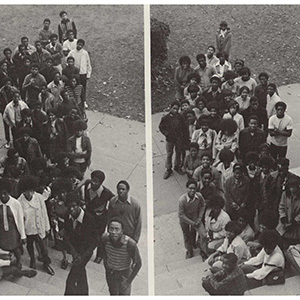
Case Study 4: Box Protocol – Jigsaw Source Sets Analysis
Students will explore race and equity in Rochester through a structured analysis of four jigsaw source sets. This is the third stage of a multi-step instructional strategy referred to as the Boxing Protocol. This activity is designed to help students practice their source-analysis skills and deepen their understanding of racial segregation and resistance through four sets of sources. All sources are related to specific racist policies in Rochester and/or the people who resisted.
Download Resources:
Download Resources:
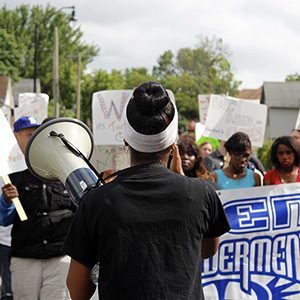
Case Study 5: Restorative Circle
By analyzing two sources and participating in a restorative circle, students will explore the ways people and groups in the past and present have worked to build a more equitable Rochester community. Students will also identify issues in their school and/or community they might change and explore strategies for taking action.
Download Resources:
Download Resources: